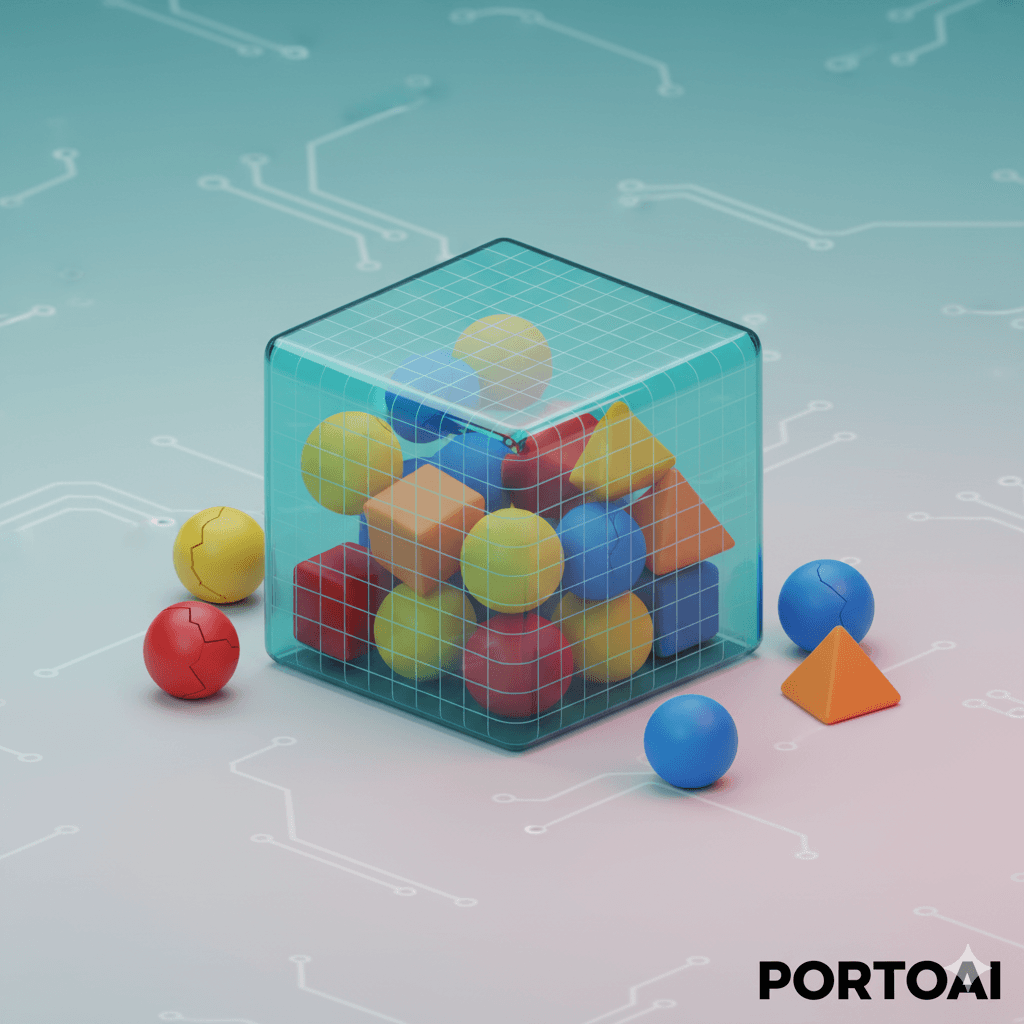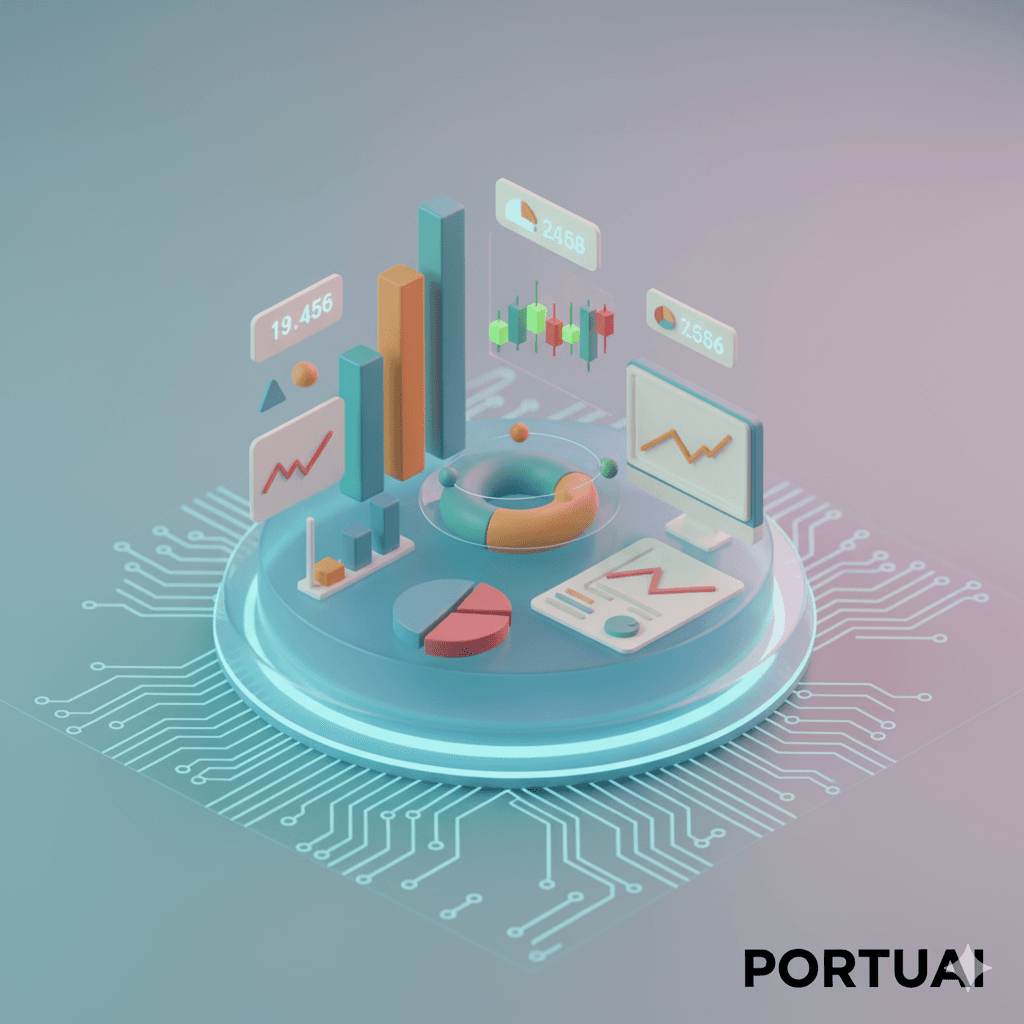What is a Quote-Driven Market? Understanding Dealer Markets Explained

Venkateshwar Jambula
Lead Market Researcher
4 min read
•Published on September 28, 2024
•Understanding Quote-Driven Markets: The Role of Dealers in Financial Trading
In the intricate landscape of financial markets, understanding different trading structures is crucial for informed decision-making. A quote-driven market, also known as a dealer market, represents a fundamental trading mechanism where participants interact with intermediaries rather than directly with each other. These intermediaries, known as market makers or dealers, play a pivotal role by quoting prices at which they are willing to buy (bid) and sell (ask) specific securities. At PortoAI, we believe that a deep understanding of market mechanics empowers investors to navigate these complexities with confidence.
What Defines a Quote-Driven Market?
A quote-driven market is characterized by the continuous presence of market makers who stand ready to trade. Unlike order-driven markets where buyers and sellers are matched directly based on submitted orders, in a quote-driven system, dealers act as principals. They maintain an inventory of securities, facilitating trades by buying from sellers at their quoted bid price and selling to buyers at their quoted ask price. The difference between these prices, the bid-ask spread, represents the dealer's profit margin.
This structure is also frequently referred to as a price-driven market because the prices are primarily determined by the quotes provided by the dealers, rather than the aggregate supply and demand of all market participants at any given moment.
Quote-Driven Markets in Practice: The Commodity Sector
The commodities market often utilizes quote-driven structures, particularly for over-the-counter (OTC) derivatives and certain physical commodities like metals. These markets are vital for global trade, enabling both hedging against price volatility and speculation on future price movements, alongside the physical transfer of goods.
Consider the trading of OTC oil derivatives. These contracts are not traded on a centralized exchange, making the role of market makers essential. For instance, imagine Trader A wishes to buy 100 lots of an OTC oil contract, while Trader B wants to sell the same quantity. A market maker in this quote-driven environment might offer a bid price of ₹5,000 and an ask price of ₹5,010.
The market maker would purchase the 100 lots from Trader B at ₹5,000 and simultaneously sell them to Trader A at ₹5,010. The market maker's profit would be the spread: (₹5,010 - ₹5,000) x 100 lots = ₹1,000. This mechanism ensures liquidity, allowing both traders to complete their transactions efficiently, even if a direct counterparty isn't immediately available.
Key Advantages of Quote-Driven Markets
Quote-driven markets offer several distinct benefits for market participants:
- Enhanced Liquidity: Market makers commit to providing liquidity by trading from their own inventory. This is particularly valuable in markets with large trade sizes or infrequent trading, ensuring that orders can be executed promptly.
- Price Continuity: Dealers strive to maintain relatively narrow bid-ask spreads to encourage trading and ensure fair price discovery. This leads to smoother price movements and greater predictability.
- Rapid Execution: Because dealers are obligated to trade, transactions are typically executed very quickly. This efficiency is a significant advantage, especially for traders who need to enter or exit positions swiftly.
Potential Drawbacks and Risks
Despite their advantages, quote-driven markets also present certain risks:
- Reduced Transparency: Unlike order-driven markets that display order books, quote-driven markets may offer less insight into the total market depth or the specific orders pending at various price levels. This can make it harder to gauge the overall sentiment or anticipate price movements.
- Wider Bid-Ask Spreads: During periods of low trading volume or high volatility, market makers may widen their bid-ask spreads to compensate for increased risk. This can lead to higher transaction costs for investors and potentially exacerbate price fluctuations.
- Dealer Concentration Risks: Heavy reliance on a small number of dealers can create systemic risks. If a dominant market maker faces financial difficulties or withdraws from the market, it can severely impact liquidity and price stability. Furthermore, dealers may possess informational advantages over other participants, leading to potential information asymmetry.
Navigating Markets with PortoAI
Understanding the nuances of quote-driven markets is essential for any sophisticated investor. By leveraging PortoAI's advanced analytics, such as the PortoAI Market Lens, you can gain deeper insights into market liquidity, price dynamics, and potential risks across various trading structures. Our platform synthesizes vast amounts of data, providing you with the clarity needed to make disciplined, data-driven investment decisions and maintain a strategic edge in any market environment.
Blog
Investment Insights and Tips
Explore our latest investment strategies and insights.

Stocks
What is Swing Trading? A Data-Driven Guide for Investors
Swing trading is a method of trading where a market participant takes a position for a couple of days to a couple of weeks to take advantage of short- to medium-term price swings. This is done to capt...
Venkateshwar Jambula
September 28, 2024
•4 min read

Commodities
What is On-Balance Volume (OBV)? A Trader's Guide to Momentum
On-Balance Volume (OBV) is a technical analysis indicator that predicts the change in a stock’s price through its volume flow. When trading financial securities, price and volume are considered two ke...
Venkateshwar Jambula
September 28, 2024
•4 min read

Commodities
Master Algorithmic Trading: Strategies & AI Insights
Algorithmic trading is a method of automating trades based on pre-programmed instructions. Think of it like using an algorithm for intraday trading where it can automate trading decisions and swiftly ...
Venkateshwar Jambula
September 28, 2024
•6 min read

Stocks
What Are Trading Oscillators? A Data-Driven Guide for Investors
Trading can be challenging even for seasoned players, as factors beyond their control influence market movements. So, to make sense of this journey, traders take recourse to multiple tools that help m...
Venkateshwar Jambula
September 28, 2024
•5 min read